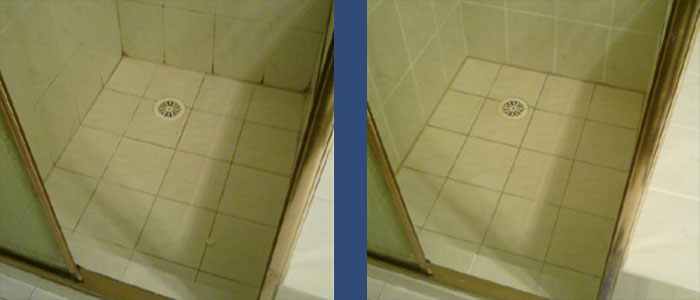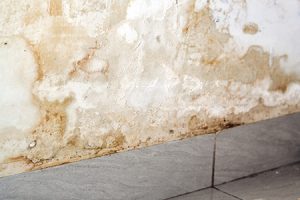Bathroom Water Damage - Ways To Avoid This Happening
Bathroom Water Damage - Ways To Avoid This Happening
Blog Article
Presented here in the next paragraph you can find additional reliable help and advice when it comes to How to Prevent Bathroom Water Damage.

The bathroom is extremely susceptible for moist accumulation and potential water damages as a result of the constant use water in it. This article supplies straightforward examination strategies to aid detecting water damage dangers.
The regular use water in the washroom makes it very at risk for wet buildup and also possible water damage. By inspecting it regularly, you can reduce water related problems.
The adhering to collection of examinations is easy to perform and ought to be done once in every three months in order to keep your restroom in good shape as well as to avoid prospective water problems triggered by the tub, the shower, pipeline joints and also plumbing, sinks, closets, as well as the toilet
Do not disregard doing these assessments and also be detailed while executing them. Remember that these straightforward examinations can conserve you a great deal of cash by giving very early indicators for water damage
Tub as well as Shower
The shower and bathtub require special attention and also upkeep. Inspect the ceramic tiles and replace if cracked. Make sure that there is no missing out on grout between the tiles. Inspect and also change split caulking at joints where the wall surfaces meet the floor or the bath tub. Obstructed drains pipes as well as pipes problems will certainly protect against the tub from drying and may show severe issues below the bathtub. Consult with an expert right away to avoid structural damages. Pay attention to discolorations or soft areas around the bath tub walls as they might indicate an inner leak.
Plumbing
Signs for water damages are difficult to spot given that many pipelines are set up inside the wall surfaces.
Pay unique attention to floor covering and wall surfaces moisture as well as stains as they might indicate an undetectable plumbing problem. Examine moisture degrees in adjacent rooms too.
Sinks and Cabinets
Sinks and also cabinets are subjected to moisture as well as moisture everyday and also are frequently forgotten. Evaluate frequently under the sink and on the kitchen counter above it. Fix any drip in the trap as it might suggest drainpipe issues. Look around the sink, sluggish draining pipes might indicate an obstructed drainpipe. Replace sink seals if they are fractured or loose.
The Commode
The bathroom is an at risk water junction. Examine the water lines and look for leaks around the bathroom seat, in the hose, as well as under the water tank. If you discover any kind of signs of dampness on the floor around the bathroom, look for leaks in the toilet edge and storage tank seals.
Know that hanging commode dish deodorants enhances the opportunities for clogs.
Water Damage Signs In The Bathroom To Avoid Cleanup
Musty smell
This is one of the easiest signs to catch because musty smells are so odorous. The damp, earthy, moldy smell should be a big red flag. The smell will develop when moisture gets trapped in surfaces, and begins to facilitate mold growth. Leaking pipes under cabinets, inside walls, and behind shower fixtures will cause moisture to stay trapped and not dry, which will lead to mold growth and spread. As soon as you notice any musty smells in your bathroom, have it checked for hidden water damage and cleanup signs.
Visible mold
If the smell isn’t there to give it away, sometimes you will actually see mold growth. Finding mold in your bathroom is a serious problem, because mold is very harmful to your health. By the time mold growth is visible, it also means that water damage has already occurred and been present for some time. The only way the mold problem can be resolved is to find the source of the moisture and get it stopped. To safely and adequately remove mold, you need to have professionals handle the remediation. Do not waste any time in getting mold problems addressed, fixed, and sanitized so that you can protect you and your family from the many respiratory symptoms caused by mold exposure.
Damaged floors
Bathroom floors should be able to withstand some exposure to water while still remaining in good condition. However, when excess exposure or water leaks occur, they will begin to damage even the most water-resistant flooring. If you notice any cracking, bubbling, staining, or warping on your bathroom floors, there is probably a water leak somewhere causing the distortion. If you notice areas of the floor have become softer, or even have a spongy feeling, there is probably damage to the subfloor. Subflooring is typically made up of plywood. When plywood is exposed to water or moisture, it will absorb it. Once it has become saturated, the weight of the excess water will cause the wood to swell and soften. Check the floors in your bathroom frequently to catch any of these sings before they lead to damaged subflooring.
Changes on walls
When water leaks behind walls, it will cause changes in the drywall. Peeling plaster, blistering paint, and soggy wallpaper are all good indicators that excess water is building up behind the wall. Water leaking behind drywall will cause it to swell and be soft to the tough. If you start to notice gaps along the trim of your walls, or where tile meets the wall, it could also be a strong indicator that there is a leak behind the wall. Any changes, distortion, or damage on the walls should be evaluated as soon as you notice it to prevent further water damage and cleanup.

I'm just very eager about Looking for Signs of Water Damage in the Bathroom and I really hope you liked our page. Enjoyed reading our post? Please share it. Help other people check it out. I value reading our article about How to Repair and Prevent Bathroom Water Damage.
Book Now Report this page